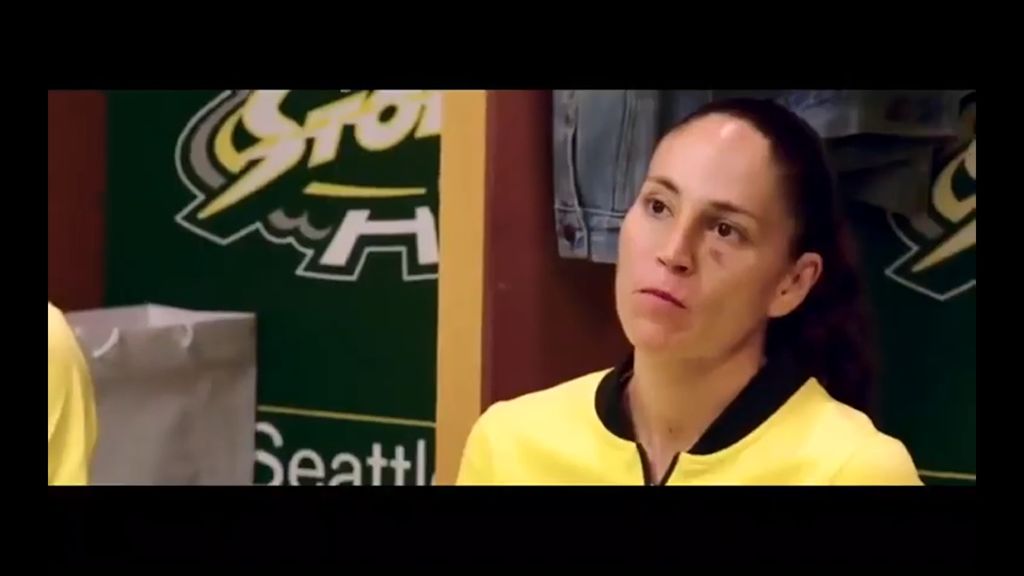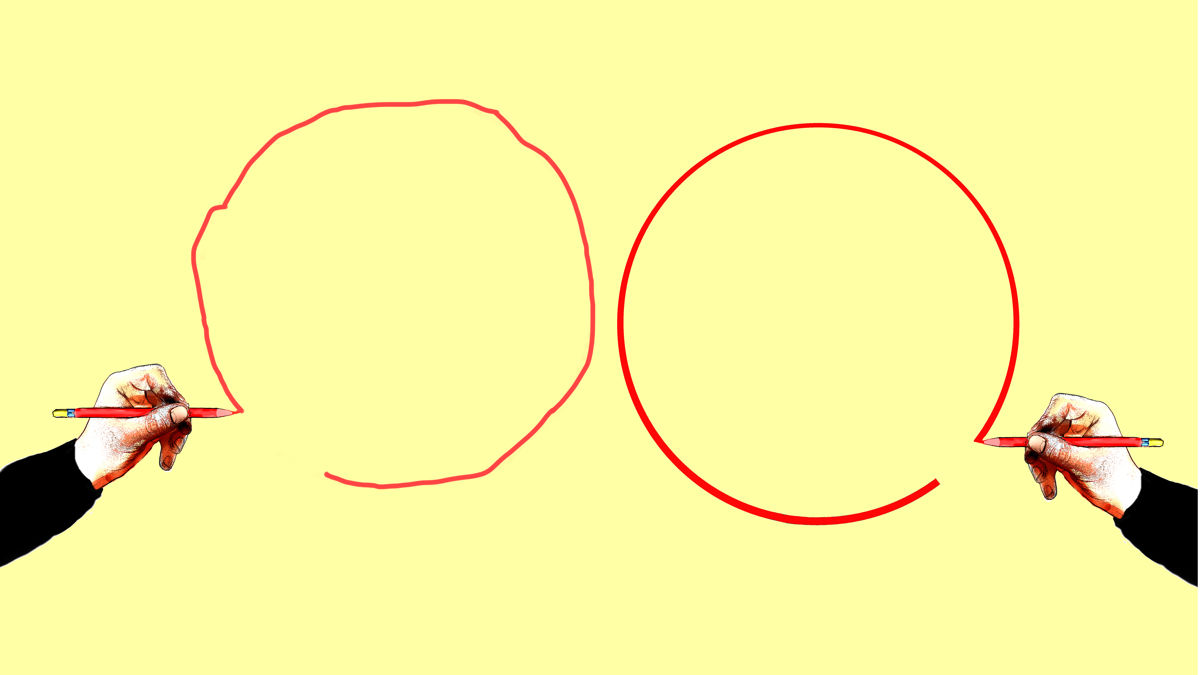To build trust, brands need to get real
While audiences seem increasingly put-off by perfectly polished ads, authentic content is proving an effective way for brands to reconnect with consumers. Drawing from personal experience in documentary production, Eric Nichols, Executive Producer at Smartypants, emphasises the value of vulnerability, imperfection, and the untapped potential of documentary techniques.
As an Emmy-winning producer, it’s my job to notice what works and what doesn’t in creating powerful films. Knowing when to admit that something isn’t working is an important skill set for a producer and a key strength towards turning out work that the entire team – and client – will be proud of.
Today’s audiences are looking for a little grit, a dose of honesty, and frank messages from filmmakers.
One distinguishing quality I’ve noted in the branded content that moves me – and wins accolades and impressive results – is the ability to embrace truth and imperfection. Today’s audiences are looking for a little grit, a dose of honesty, and frank messages from filmmakers and brands who are willing to ‘get real’, even if that means showing their candid selves.

A distinguishing quality in branded content that moves audiences – and wins accolades, and impressive results – is imperfection.
Good documentaries don’t happen by accident. They start with an intense period of building trust – with the subject – with the client. We need everyone to be their authentic selves, or our audience will sense that something isn’t right. Skirting over something, pretending it doesn’t exist, or just trying to make it too perfect can be quite alienating and seen as too slick. There are great spots that are slick and perfect. I grew up on them and love them still. But there is also a lasting power to something that rebels against that perfection and gives audiences a dose of genuine honesty.
Documentary filmmakers are especially attuned to breaking down walls between their subjects and the stories they want to tell.
When we let the audience behind the curtain, even just seeing a silly human moment, we give them a reason to trust us and engage with the film we have made. That truth is intoxicating and we recognise it when we see it. It pulls us in and we can’t stop watching.
Maybe that’s why smart brands who want to break through the noise and conquer a younger audience with fleeting attention spans collaborate with documentary filmmakers. A documentary can offer a unique skill set for brands: the honed ability to tap into vulnerability.

The documentarians winning the audience awards connect with the broadest audience, and startle them, or make them laugh, cringe, ruminate or cry.
Documentary filmmakers are especially attuned to breaking down walls between their subjects and the stories they want to tell. We don’t want to ask questions that elicit a rehearsed answer. Even if we need to stay on point or within certain parameters, we try to find opportunities for our subjects to still be human and real about it.
When we let the audience behind the curtain, even just seeing a silly human moment, we give them a reason to trust us and engage with the film we have made.
I was recently lucky enough to executive produce a documentary that was nominated for an Academy Award. Entitled STRANGER AT THE GATE, it was directed by Smartypants leader Joshua Seftel. The film centred around an Afghan refugee named Bibi Bahrami – and the members of her little Indiana mosque, who come face to face with a U.S. Marine who has secret plans to bomb their community centre. Emotions run high in the documentary when – met with a stranger who wishes them great harm – the mosque congregation shows the Marine nothing but kindness and love, rendering a surprising conclusion to the story. This true story taps into themes of grace, transformation, and hope.
Credits
powered by
-
-
- Director Sarah Dowland
-
-
Unlock full credits and more with a Source + shots membership.
Credits
powered by
- Director Sarah Dowland
- Producer Sarah Dowland
- Producer Emily Singer Chapman
- Producer Svetlana Zill
- Talent Sue Bird

Credits
powered by
- Director Sarah Dowland
- Producer Sarah Dowland
- Producer Emily Singer Chapman
- Producer Svetlana Zill
- Talent Sue Bird
One of the reasons STRANGER AT THE GATE was so successful is that we earned trust within the community to help share their story. So when we see it on screen, it’s not just a retelling of what happened. It’s an emotional experience where we are connecting with human beings and their real lives.
Producing a documentary of this caliber helps me understand how to craft a powerful narrative for brands. Similar creativity and expertise have gone into producing documentary-style pieces for global brands, and a high level of trust is fostered in these projects. Whether I’m producing an Oscar-nominated film or content for Delta Air Lines, Lincoln Motor Company, Cadillac, Adidas, or Condé Nast, my sensibility and quest for vulnerability in real-life subjects remains constant.
Documentary content is an excellent vehicle for brands when it comes to demonstrating and proving their commitment to purpose-driven initiatives.
Through these collaborations, I became more seasoned at consistently elevating their brand presence and delivering compelling stories that help define the purpose behind each company.
A recent success story in branded features was Nike’s documentary on WNBA star Sue Bird, Sue Bird: In the Clutch, which not only moved audiences at Sundance 2024 but was picked up by Netflix for distribution.
Credits
powered by
-
- Production Company Smartypants Pictures
- Director Joshua Seftel
-
-
Unlock full credits and more with a Source + shots membership.
Credits
powered by
- Production Company Smartypants Pictures
- Director Joshua Seftel
- Executive Producer Eric Nichols
- Producer Joshua Seftel
- DP Karl Schroder
- Editor Jeremy Medoff
- Executive Producer Soo-Jeong Kang
- Producer Suzanne Hillinger
- Producer Conall Jones
- Executive Producer John Kiser
- Executive Producer Conrad Fisher
- Executive Producer Lena Khan
- Executive Producer Mohannad Malas
- Executive Producer Anna Bick Rowe
- Executive Producer Jeremy Mack
- Producer Jody Snider

Credits
powered by
- Production Company Smartypants Pictures
- Director Joshua Seftel
- Executive Producer Eric Nichols
- Producer Joshua Seftel
- DP Karl Schroder
- Editor Jeremy Medoff
- Executive Producer Soo-Jeong Kang
- Producer Suzanne Hillinger
- Producer Conall Jones
- Executive Producer John Kiser
- Executive Producer Conrad Fisher
- Executive Producer Lena Khan
- Executive Producer Mohannad Malas
- Executive Producer Anna Bick Rowe
- Executive Producer Jeremy Mack
- Producer Jody Snider
By producing longer-form documentaries, brands can capitalise on authentic storytelling opportunities in a way that traditional :30 commercials often fail to achieve. Documentary content is an excellent vehicle for brands when it comes to demonstrating and proving their commitment to purpose-driven initiatives.
Soon, we realised their most tremendous success came from moments where they risked it all, knowing they may not succeed.
One brand I work with that taps the power of vulnerable storytelling is Princeton University. In helping launch their Venture Forward campaign we dug in to discover what made the Princeton community so successful at what they do. Soon, we realised their most tremendous success came from moments where they risked it all, knowing they may not succeed. These vulnerable moments became the bedrock of the campaign. We called them “Audacious Bets” and each story we sought had a core bet driving the narrative.
Princeton University – Venture Forward - Rob Pringle
Princeton University – Venture Forward - Professor Mona Singh
Princeton University – Venture Forward - Kelton Chastulik
In our latest iteration of the campaign, we were fortunate enough to profile Mitch Henderson, head coach for the Princeton Tigers men's basketball team. A year earlier the team had accomplished the impossible, with their shocking win over the No. 2 seed Arizona, and then going on to upset of No. 7 seed Missouri.
Next time you consider how to tell your brand’s story, consider incorporating your vulnerabilities into the story.
Yet when we spoke to Mitch about how to capture the team's story, we soon realised this was not really about the wins, but rather the value of losing, and the character and teamwork that comes from accepting their vulnerabilities. It’s what makes them human and, ultimately what leads to them being so successful. And that part of the story wasn’t just the truth, it’s what makes it fun to root for them.
Next time you consider how to tell your brand’s story, consider incorporating your vulnerabilities into the story. It just might be the key ingredient in getting the audience to root for you.
)




 + membership
+ membership










